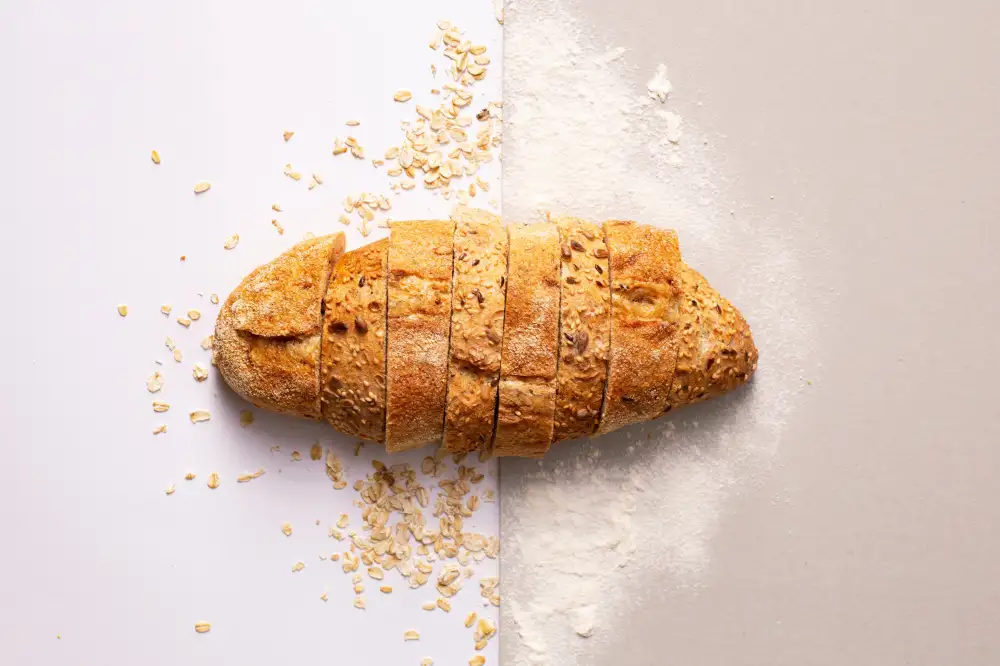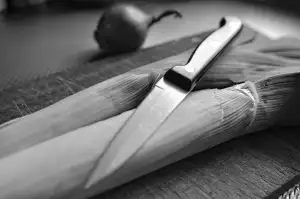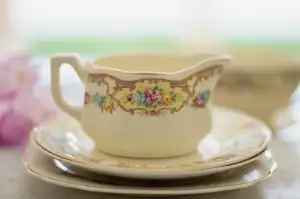Deliciously Tangy: Master the Art of Making Marmalade with Our Foolproof Recipe

Marmalade, with its tangy and citrusy flavor, is a delightful spread that can elevate your breakfast or afternoon tea. Made from the peel and juice of oranges or other citrus fruits, marmalade has a unique texture and taste that sets it apart from other preserves. Whether you're a seasoned cook or a novice in the kitchen, our foolproof recipe will guide you through the process of making deliciously tangy marmalade right at home. So roll up your sleeves and get ready to master the art of marmalade-making!
Ingredients required for making marmalade
To make delicious marmalade at home, you will need the following ingredients:
1. Oranges: Choose sweet and juicy oranges for a flavorful marmalade. Seville oranges are traditionally used for their bitter taste, but you can also use other varieties like Valencia or blood oranges.
2. Lemons: Adding lemons to the recipe helps to enhance the tanginess of the marmalade. Use fresh and ripe lemons for the best results.
3. Sugar: Granulated sugar is essential for preserving the marmalade and giving it a sweet taste. The amount of sugar needed may vary depending on your preference and the sweetness of the fruit.
4. Water: Water is used to cook the fruit and create a syrupy consistency in the marmalade. Make sure to use clean, filtered water.
5. Pectin (optional): Pectin is a natural thickening agent that helps to set the marmalade. If you prefer a firmer texture, you can add pectin according to package instructions.
6. Flavorings (optional): You can experiment with additional flavorings such as vanilla extract, cinnamon, or ginger to add depth and complexity to your marmalade.
Remember, using high-quality ingredients will greatly impact the final taste of your homemade marmalade.
Step-by-step instructions for making marmalade
1. Start by thoroughly washing and sterilizing your jars and lids. This will ensure that your marmalade stays fresh and safe to eat.
2. Prepare the fruit by washing it and removing any blemishes or seeds. Cut the fruit into thin slices or small pieces, depending on your preference.
3. In a large saucepan, combine the fruit with water, sugar, and lemon juice. The amount of sugar you use will depend on how sweet or tart you want your marmalade to be.
4. Place the saucepan over medium heat and bring the mixture to a boil. Stir occasionally to prevent sticking or burning.
5. Once boiling, reduce the heat to low and let the mixture simmer for about 45-60 minutes, or until it thickens to a desired consistency. Stir occasionally during this time.
6. To test if the marmalade is ready, place a small amount on a chilled plate and let it cool for a few seconds. If it wrinkles when pushed with your finger, it is done.
7. Remove the saucepan from heat and let the marmalade cool slightly before transferring it into the sterilized jars using a funnel or ladle.
8. Seal the jars tightly with their lids while still hot to create a vacuum seal that will help preserve the marmalade.
9. Allow the jars to cool completely at room temperature before storing them in a cool, dark place such as a pantry or cupboard.
10. Your homemade marmalade is now ready to enjoy! Spread it on toast, use it as a filling for cakes or pastries, or give it as a thoughtful gift to friends and family.
Remember, practice makes perfect when it comes to making marmalade, so don't be discouraged if your first attempt isn't perfect. With each batch, you'll gain more experience and refine your technique. Enjoy the process and savor the delicious tanginess of your homemade marmalade!
Tips and tricks for perfecting your marmalade
1. Choose the right citrus fruits: Use fresh, ripe fruits with thin skins for the best flavor. Seville oranges are traditionally used for marmalade, but you can also experiment with other citrus fruits like lemons, grapefruits, or even a combination of different fruits.
2. Prepare the fruit properly: Wash the fruits thoroughly and remove any blemishes or wax from the skin. Cut them into thin slices or small pieces, removing any seeds or pith.
3. Achieve the perfect set: To ensure a good set, use equal amounts of fruit and sugar in your recipe. Adding lemon juice or pectin-rich fruits like apples can help with setting as well.
4. Cook it low and slow: Marmalade requires patience. Cook it over low heat to allow the flavors to develop slowly and evenly. Stir occasionally to prevent sticking and burning.
5. Test for doneness: To check if your marmalade is ready, place a small amount on a chilled plate and let it cool for a minute. If it wrinkles when pushed with your finger, it has reached the desired consistency.
6. Skim off any foam: As your marmalade cooks, foam may form on the surface. Skim it off using a spoon to achieve a clear and smooth texture.
7. Sterilize your jars: Before filling them with hot marmalade, make sure your jars are sterilized by washing them in hot soapy water or running them through a dishwasher cycle.
8. Seal jars properly: To ensure proper sealing and longer shelf life, use new lids and follow the manufacturer's instructions for sealing jars using boiling water bath processing.
By following these tips and tricks, you'll be able to create deliciously tangy marmalade that will impress even the most discerning palates!
Variations and flavor combinations for marmalade
Variations and flavor combinations for marmalade offer endless possibilities to experiment and create unique tastes. You can add a twist to traditional orange marmalade by incorporating other citrus fruits like grapefruit or lemon. For a tropical touch, try using pineapple or mango. If you prefer a more intense flavor, consider adding spices such as cinnamon or ginger. For an extra burst of freshness, mix in some herbs like mint or basil. The options are truly limitless, allowing you to tailor your marmalade to suit your taste preferences and culinary creativity.
Serving suggestions and storage recommendations for marmalade
Serving suggestions for marmalade are endless. Spread it on toast, bagels, or English muffins for a delightful breakfast treat. It also pairs well with scones, pancakes, or waffles. For a savory twist, use marmalade as a glaze for roasted meats or as a topping for cheese and charcuterie boards.
To store your homemade marmalade, transfer it to clean and sterilized jars while it's still hot. Seal the jars tightly and let them cool completely before storing in a cool, dark place. Once opened, refrigerate the marmalade and consume within a month to maintain its freshness and flavor. Enjoy the tangy goodness of your homemade marmalade whenever you desire!
In conclusion, making marmalade at home is a delightful and rewarding experience. With our foolproof recipe and step-by-step instructions, you can easily master the art of creating tangy and delicious marmalade. Remember to use fresh, high-quality ingredients for the best results. Don't be afraid to experiment with different flavor combinations and variations to personalize your marmalade. Whether you enjoy it spread on toast, paired with cheese, or as a glaze for meats, marmalade adds a burst of flavor to any dish. Store your homemade marmalade in sterilized jars in a cool, dark place for up to a year. So why not give it a try? Start preserving those citrus fruits and savor the taste of homemade marmalade all year round!
Published: 02. 02. 2024
Category: Recipes



